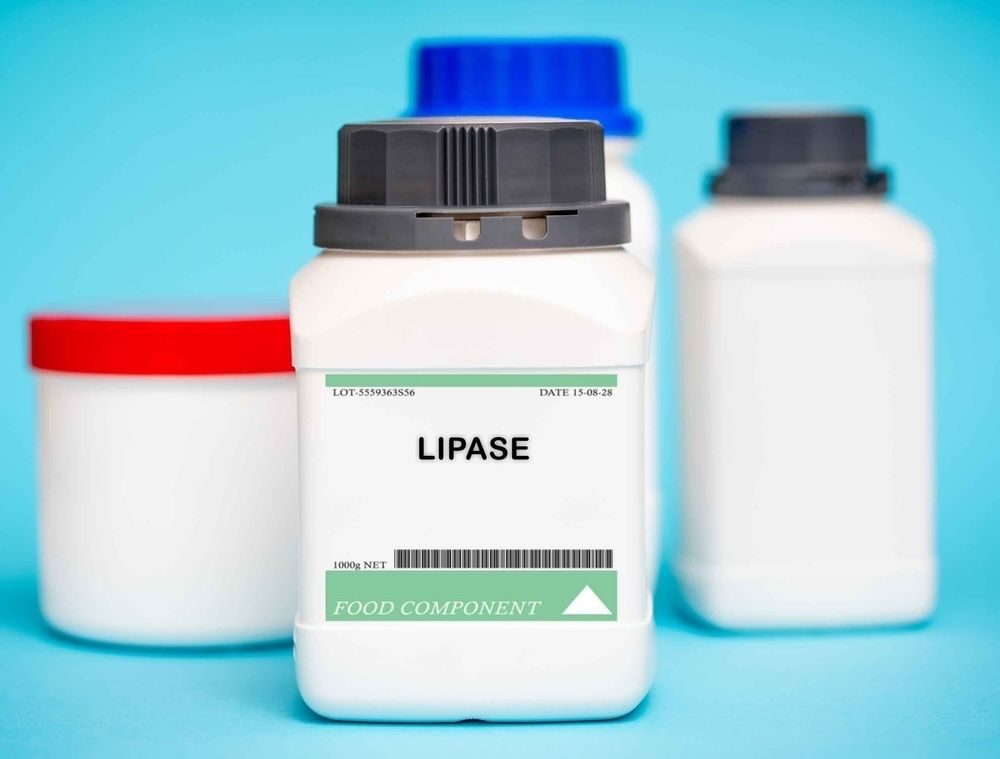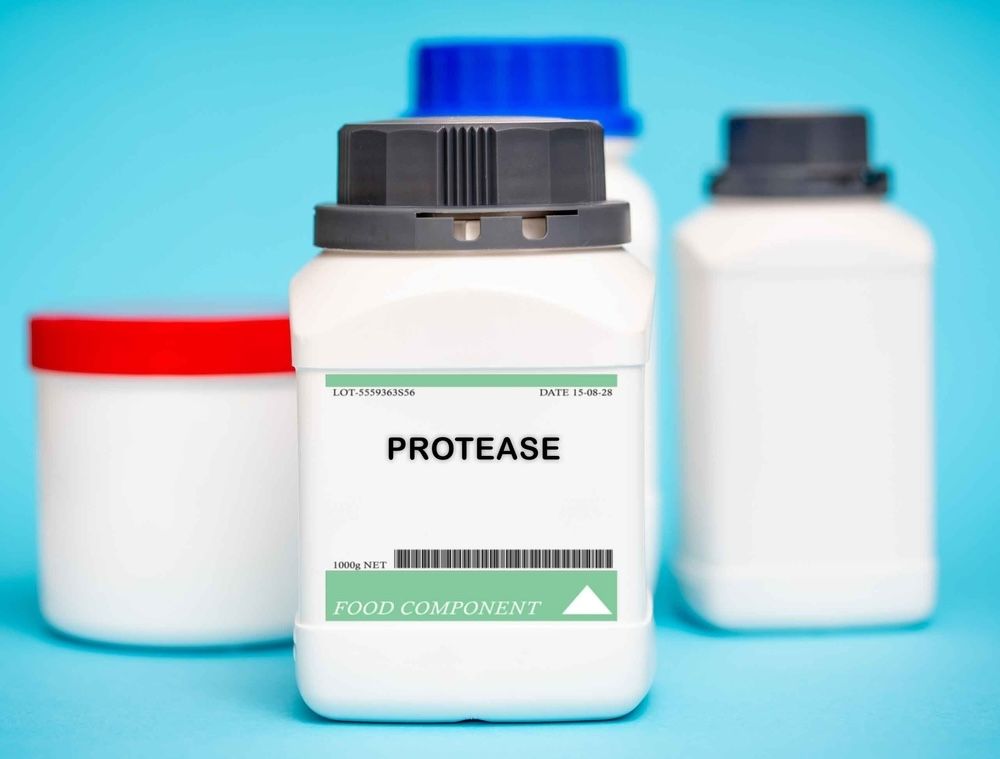The Role of Enzymatic Cleaners in Professional Cleaning

In today’s dynamic professional cleaning industry, technological advancements and innovations are transforming the way we approach cleanliness and hygiene. Among these innovations, enzymatic cleaners have emerged as a revolutionary alternative to traditional chemical cleaning agents. These cleaners have garnered increasing attention for their efficacy, environmental benefits, and versatility in dealing with a wide array of organic stains and residues. In this article, we will explore the science behind enzymatic cleaners, delve into their specific applications across various sectors, and analyze their potential for both small-scale and large-scale cleaning operations. By shedding light on how enzymatic cleaners can enhance both efficiency and sustainability, we aim to provide cleaning professionals with valuable insights into why this technology is rapidly becoming a go-to solution in modern cleaning strategies.
What Are Enzymatic Cleaners?
At their core, enzymatic cleaners leverage biological processes to achieve effective cleaning results. These cleaners contain enzymes, which are proteins that act as biological catalysts to speed up the chemical reactions that break down organic matter. What makes enzymatic cleaners particularly unique is their specificity: unlike harsh chemical cleaners that indiscriminately break down various substances, enzymatic cleaners are designed to target specific types of stains or materials. This precision allows them to work more efficiently on certain types of organic matter, while also reducing the risk of damage to surfaces or fabrics.
There are several major types of enzymes used in these cleaners, each with its specialized function:
Proteases are particularly effective at breaking down proteins, which are a common component of stains like blood, food residues, and bodily fluids. These enzymes are frequently employed in healthcare settings, where protein-based stains are a regular concern.
Lipases specialize in breaking down fats and oils. This makes them highly valuable in commercial kitchens and food service environments where greasy residues can build up on surfaces, equipment, and drainage systems.
Amylases work on carbohydrates, such as those found in sauces, starchy foods, and even some cosmetic products. Amylase-based cleaners are often used in places like restaurants, food processing plants, and home kitchens, where these types of stains are prevalent.
Cellulases are enzymes that break down cellulose, a compound found in plant materials. These are particularly useful in removing residues from plant-based foods, paper products, and other similar materials that can leave behind stubborn stains or clogs.
Together, these enzymes form a powerful cleaning arsenal that can tackle a wide variety of cleaning challenges. Their targeted action ensures that enzymatic cleaners are not only effective but also safer for many surfaces, making them a preferred option in industries that require delicate handling of materials, such as healthcare and hospitality.

How Enzymatic Cleaners Work
To truly appreciate the effectiveness of enzymatic cleaners, it’s important to understand how these biological catalysts function at the molecular level. When applied to a surface, enzymatic cleaners immediately go to work by interacting with the organic matter they are designed to break down. The enzymes in the cleaner attach themselves to the substrate (the organic material), initiating a chemical reaction that accelerates the breakdown of complex organic molecules into simpler ones. For example, when protease enzymes encounter protein-based stains, they break the proteins down into smaller peptide chains and amino acids, which can then be easily rinsed away with water or removed using mechanical action such as scrubbing.
Unlike traditional chemical cleaners that rely on harsh solvents or corrosive substances to dissolve dirt, enzymatic cleaners work through a gentler, more natural process. This not only helps preserve the integrity of the surfaces being cleaned but also reduces the environmental impact of the cleaning process. Enzymes are biodegradable, meaning that once their job is done, they break down into harmless substances that do not linger in the environment. This is in stark contrast to many chemical cleaners, which can leave behind toxic residues that are harmful to both human health and the ecosystem.
Additionally, enzymatic cleaners are highly efficient in terms of energy consumption. Since enzymes are naturally occurring catalysts, they require very little energy to function. This means that enzymatic cleaners do not rely on high temperatures, strong agitation, or prolonged exposure times to be effective. As a result, they can often achieve superior cleaning results with less effort, less water, and fewer resources overall, making them an ideal choice for environmentally conscious cleaning operations.

Applications in Various Sectors
The versatility of enzymatic cleaners has allowed them to gain a foothold in a wide variety of industries, each of which benefits from the unique properties of these biological agents. Below, we’ll examine the role of enzymatic cleaners in some of the most prominent sectors where their use has proven to be particularly advantageous.
1. Healthcare Facilities
In healthcare settings, maintaining a sterile environment is critical to preventing the spread of infections and ensuring patient safety. One of the biggest challenges in these environments is dealing with organic matter such as blood, vomit, urine, and other bodily fluids, which can harbor dangerous pathogens if not properly cleaned. Enzymatic cleaners have become a key tool in this fight, as their ability to break down organic material at the molecular level makes them ideal for removing these types of stains and contaminants.
Unlike traditional disinfectants, which may leave behind biofilms or other residues, enzymatic cleaners penetrate deep into the organic matter and break it down completely, ensuring that no traces are left behind. This makes them particularly valuable in high-risk areas such as operating rooms, emergency departments, and intensive care units, where even the smallest amounts of organic residue can pose a serious health risk.
Additionally, enzymatic cleaners are often used as a pre-treatment for surgical instruments and other medical equipment before they are sterilized. This ensures that any organic matter on the equipment is fully broken down and removed before the sterilization process begins, reducing the risk of cross-contamination.

2. Food Service
In commercial kitchens, the buildup of grease, oil, and food residues is a constant challenge. Traditional degreasers and chemical cleaners can be effective in the short term, but they often require harsh scrubbing, high water temperatures, and multiple applications to fully remove stubborn residues. Enzymatic cleaners, on the other hand, offer a more efficient and environmentally friendly solution.
Lipase-based enzymatic cleaners are particularly well-suited to this environment, as they are specifically designed to break down fats and oils. These cleaners can be used on multiple surfaces, from stovetops and grills to sinks, counters, and kitchen floors. Because the enzymes work at the molecular level, they can penetrate the tiniest crevices and break down grease that would otherwise be difficult to remove.
Moreover, enzymatic cleaners are safe to use on food-contact surfaces, as they do not leave behind toxic residues or harmful chemicals. This makes them an ideal choice for maintaining hygiene in kitchens and food processing facilities, where cleanliness is paramount to ensuring food safety.
In addition to their role in surface cleaning, enzymatic cleaners are also commonly used in grease traps and drainage systems. Over time, fats and oils can accumulate in these systems, leading to blockages, unpleasant odors, and costly maintenance. By regularly using enzymatic cleaners to break down these organic materials, businesses can keep their plumbing systems running smoothly and reduce the need for expensive repairs.
3. Carpet and Upholstery Cleaning
For professionals in the carpet and upholstery cleaning industry, dealing with organic stains such as pet urine, wine, coffee, and food spills is a common challenge. These types of stains can be particularly difficult to remove because they often penetrate deep into the fibers of the fabric, which traditional cleaning agents may not reach. Enzymatic cleaners offer a powerful solution to this problem, as their ability to break down organic matter at the molecular level allows them to eliminate even the toughest stains.
Protease-based enzymatic cleaners are particularly effective for these types of stains, as they target the protein molecules that make up many organic stains. In addition to removing the visible stain, enzymatic cleaners also neutralize the odors associated with these types of stains, making them a popular choice for cleaning carpets, upholstery, and even pet bedding.
Enzymatic cleaners are also gentler on fabrics than traditional chemical cleaners, which can sometimes cause discoloration or damage to delicate materials. This makes them an ideal choice for cleaning expensive or sensitive fabrics, such as silk, wool, and leather.

The Sustainability Factor
As concerns about the environmental impact of cleaning products continue to grow, the use of enzymatic cleaners is gaining traction as a more sustainable alternative to traditional chemical cleaners. One of the primary benefits of enzymatic cleaners is that they are biodegradable, meaning that once they have completed their cleaning task, they break down into harmless substances that do not persist in the environment.
In addition to being biodegradable, enzymatic cleaners are also free from many of the harmful chemicals found in traditional cleaning products, such as phosphates, chlorine, and synthetic fragrances. These chemicals can have a detrimental effect on both human health and the environment, contributing to issues such as water pollution, respiratory problems, and skin irritation. By choosing enzymatic cleaners, businesses can reduce their environmental footprint while also promoting a healthier work environment for their employees.
Moreover, the use of enzymatic cleaners can help businesses meet the growing demand for green certifications and eco-friendly practices. Many consumers today are more conscious than ever about the environmental impact of the products and services they use, and businesses that can demonstrate a commitment to sustainability are more likely to attract and retain environmentally conscious customers.
Challenges and Considerations
While enzymatic cleaners offer numerous benefits, there are some challenges and limitations to be aware of. One of the main drawbacks of enzymatic cleaners is that they often require more time to work compared to traditional chemical cleaners. Because enzymes work by breaking down organic matter at the molecular level, the cleaning process can be slower, particularly for tough or deeply embedded stains.
Additionally, enzymatic cleaners are sensitive to temperature and pH levels, which means that they must be stored and used under specific conditions to maintain their effectiveness. Exposure to extreme heat or cold, as well as variations in pH, can denature the enzymes, rendering them less effective or even completely inactive.
Another consideration is that enzymatic cleaners are primarily effective on organic materials, such as proteins, fats, and carbohydrates. For inorganic stains, such as rust, lime scale, or mineral deposits, enzymatic cleaners may not be the best option. In these cases, a traditional chemical cleaner may be required to achieve the desired results.
Conclusion
Enzymatic cleaners represent a cutting-edge solution in the professional cleaning industry, offering an effective, sustainable, and versatile alternative to traditional chemical cleaners. By harnessing the power of biological enzymes, these cleaners can break down a wide range of organic materials, from food residues and grease to blood and bodily fluids. Their targeted action, combined with their environmental benefits, makes them an ideal choice for businesses looking to improve their cleaning practices while reducing their environmental footprint.
As the demand for green cleaning solutions continues to grow, enzymatic cleaners are poised to play an increasingly important role in the future of the cleaning industry. For cleaning professionals seeking to stay ahead of the curve, understanding the science behind enzymatic cleaners and knowing when and how to use them can provide a significant competitive advantage.
Topics
Check more articles on our blog

Things to Consider Before Hiring a Cleaner

Top 10 Cleaning Companies in Düsseldorf, Germany

The Impact of Sustainable Cleaning Products on Health and Environment
